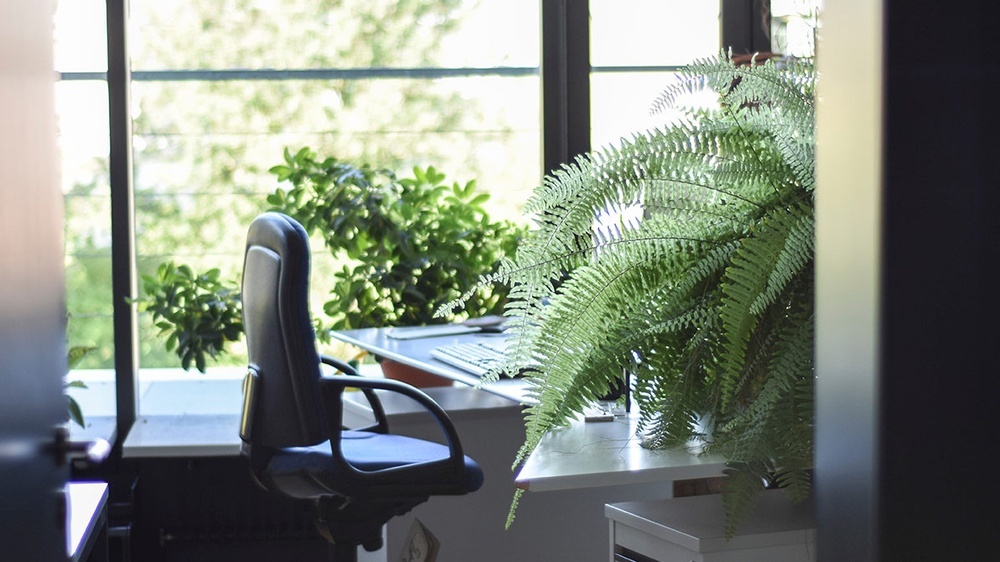blog 5. Light & Well Being

It’s needless to say light is an important part of design, not only because it directly contributes to the quality of architectural space, but its color, quality, intensity also affects the well-being of its users.
I’ve recently read an article entitled Science Says Light Brighter! By Audrey Gray (link below) in the New York based Metropolis Magazine where a published scientific study is pointing to how light, its color and intensity during different times of day has a direct effect on optimal sleep and mood patterns. For example, it is beneficial to be exposed for a minimum of 30 minutes of true daylight first thing in the morning (most indoor spaces, on average are 10 times too dim), while in the evening it is advised to dim your light sources before retiring for the day.
When our bodies recognize that it’s past sunset, they gradually create more melatonin to prepare us for sleep. This is how our circadian rhythm is naturally kept in check. In this day and age, we tend to disrupt this rhythm with TV’s, smart devices, and daylight savings time changes. Ideally, design professionals should try and incorporate these important factors into their lighting designs.
The article has further compelling evidence and I invite you to read through it, enjoy!
Image Source: https://hbr.org/2018/09/the-1-office-perk-natural-light
 Pawel Miczan - Architectural Technologist
Pawel Miczan - Architectural Technologist